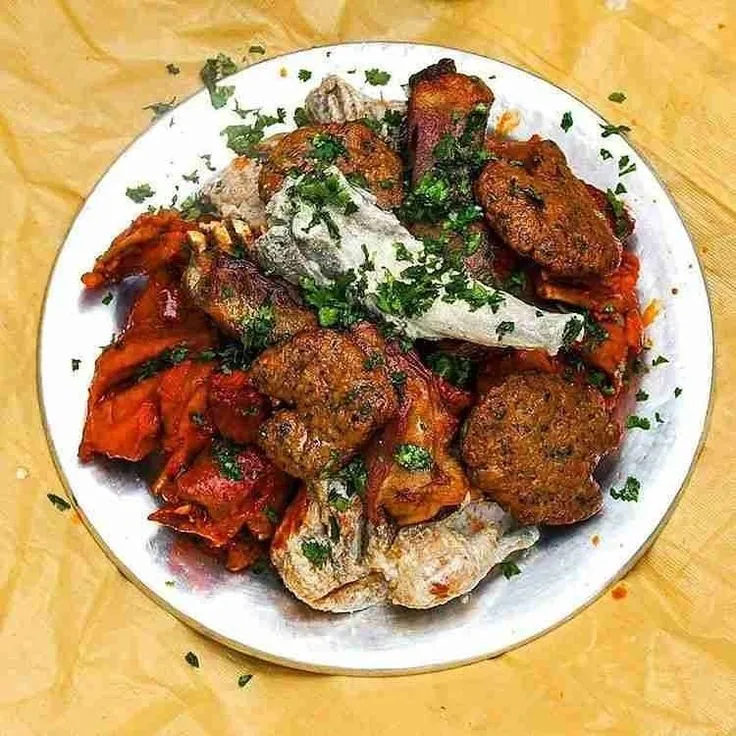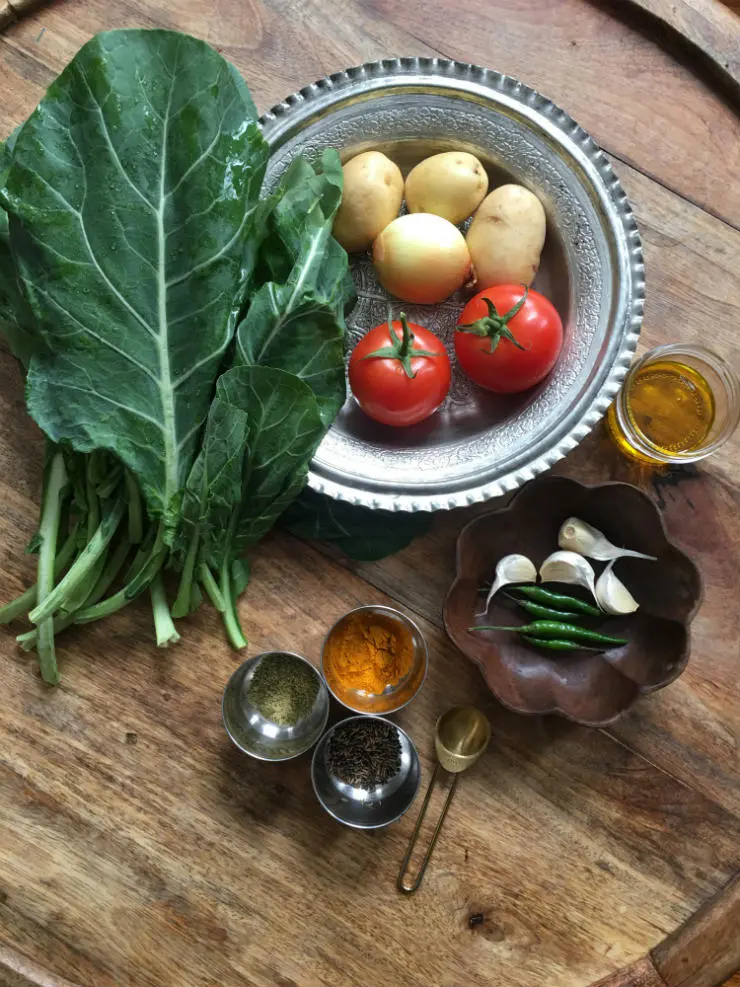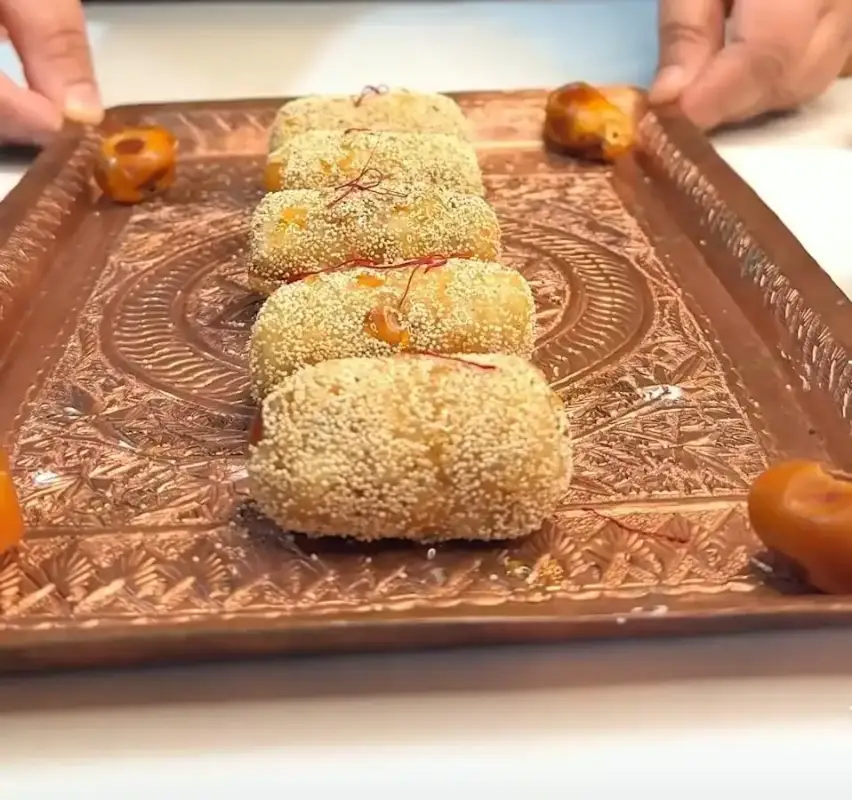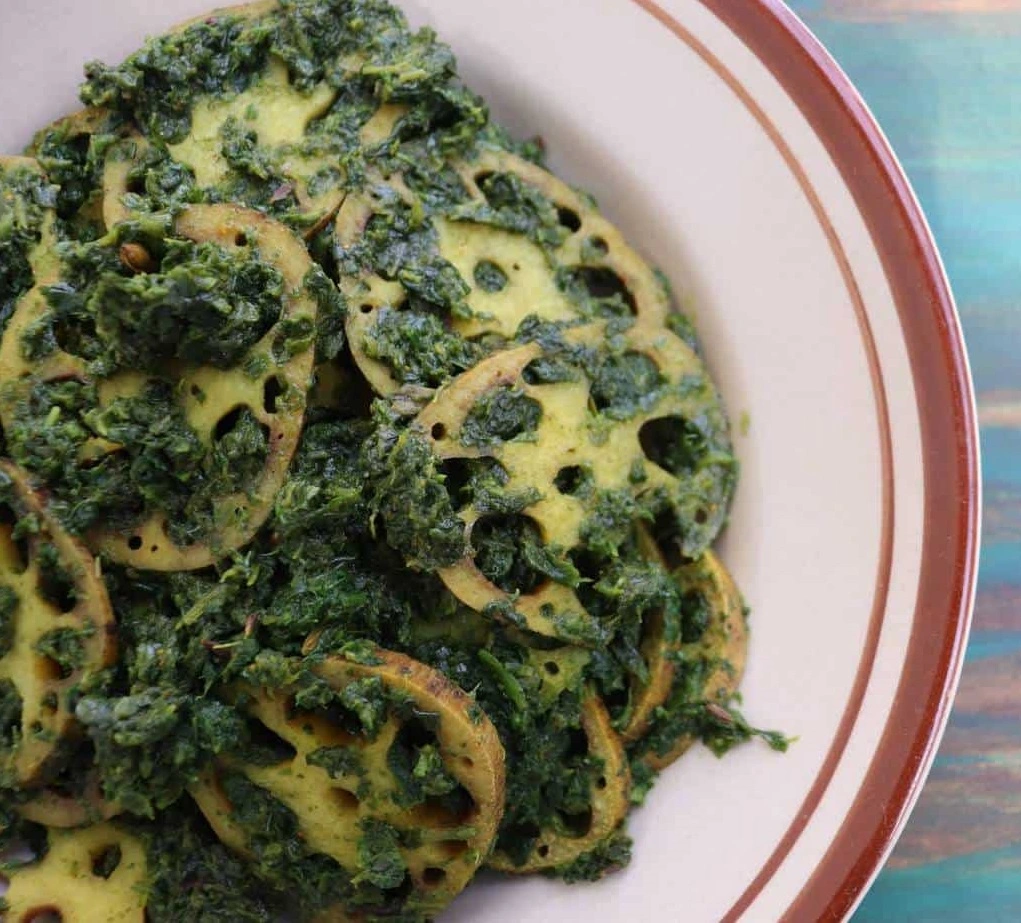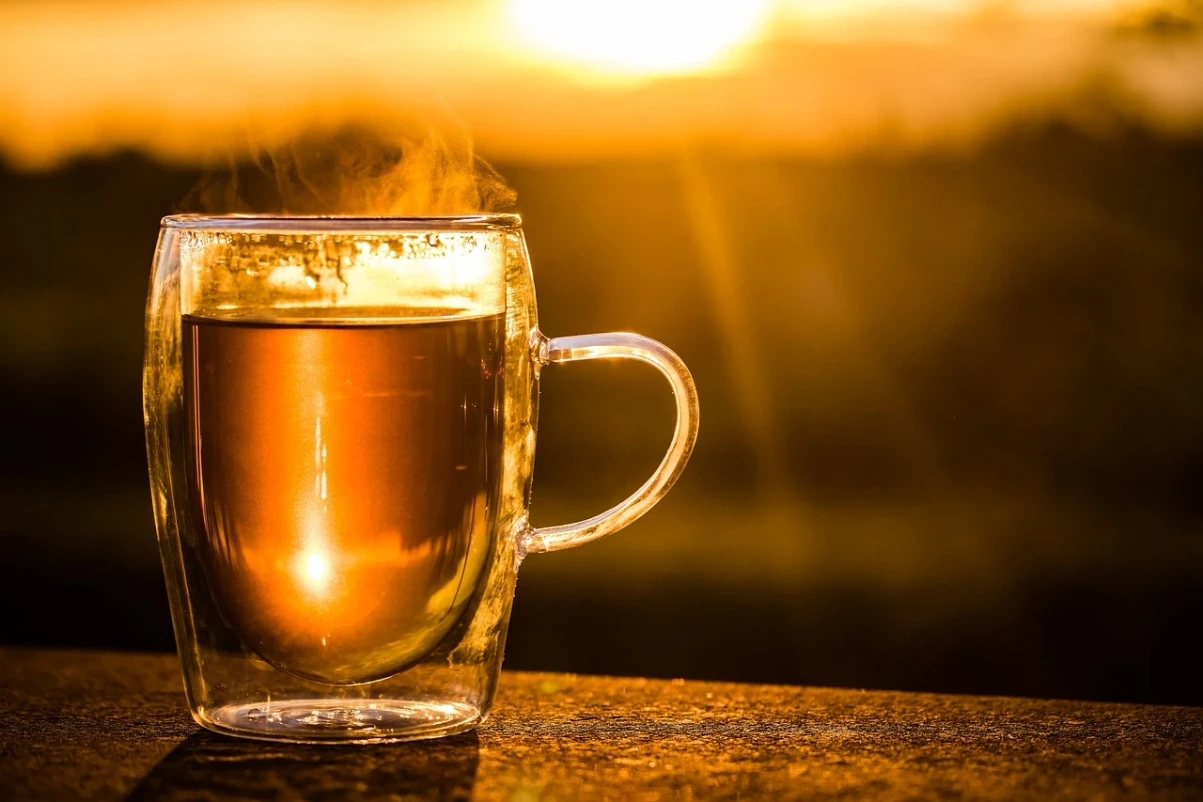Rajma in general is adored by Indians, there are numerous types of rajma enjoyed by people inhabiting different regions. Northern India is dominated by two types of rajma: the Lal Rajma and the Chitra Rajma. The lal rajma, which is one of the most commonly enjoyed kidney beans in India, is deep red in color. Hard and thick in texture, the lal rajma has to be soaked in water for eight to ten hours before it is considered fit for cooking.
The long soaking period is worth it, as this red bean is packed with iron and dietary fiber. It is low in the Glycemic index and is good for those suffering from diabetes. Along with the lal rajma, the chitra rajma is also a popular rajma known across India. This type of kidney bean is visually quite distinct from its red variant as it is brown with red dots or lines. This variant is grown in the Himalayan region and sometimes used in Kashmiri cuisine.
The chitra rajma is softer than the lal rajma and requires soaking for four to six hours before cooking. This rajma is a great source of protein and vitamins. Apart from the two major variants, numerous other kinds of rajma are also quite popular in parts of the Indian subcontinent. Among them, the Kashmiri rajma, also known as the Jammu rajma (The Times of India, 2022) or the Bhaderwah variety of rajma, is popular in Jammu and Kashmir in particular and northern India in general.
It can be distinguished by its smaller size and glossy red appearance. This type of rajma is reputed not to lose its color and shape even after cooking, despite being able to absorb the surrounding flavors. This, along with the fact that it is sweeter compared to other rajma varieties (Tarladalal, 2021) and melts in the mouth if slow-cooked well (Wander On, 2023), makes it an attractive option for rajma admirers.
Kashmiri rajma is generally used in soups, salads, chillies, and refried beans. However, in India, the Kashmiri rajma is most popularly used to make curries and gravies, especially onion or tomato-based gravies (Tarladalal, 2021). The Kashmiri rajma-based dishes seem to be the most popular among the Kashmiri rajma masala curry. The Kashmiri rajma masala curry is a yoghurt-based curry which is usually served with steamed rice, jeera rice, and lightly spiced pulao. Popular in Kashmiri households, this non-spicy delicacy is completely vegetarian and can easily be made gluten-free.
What is Kashmiri Rajma
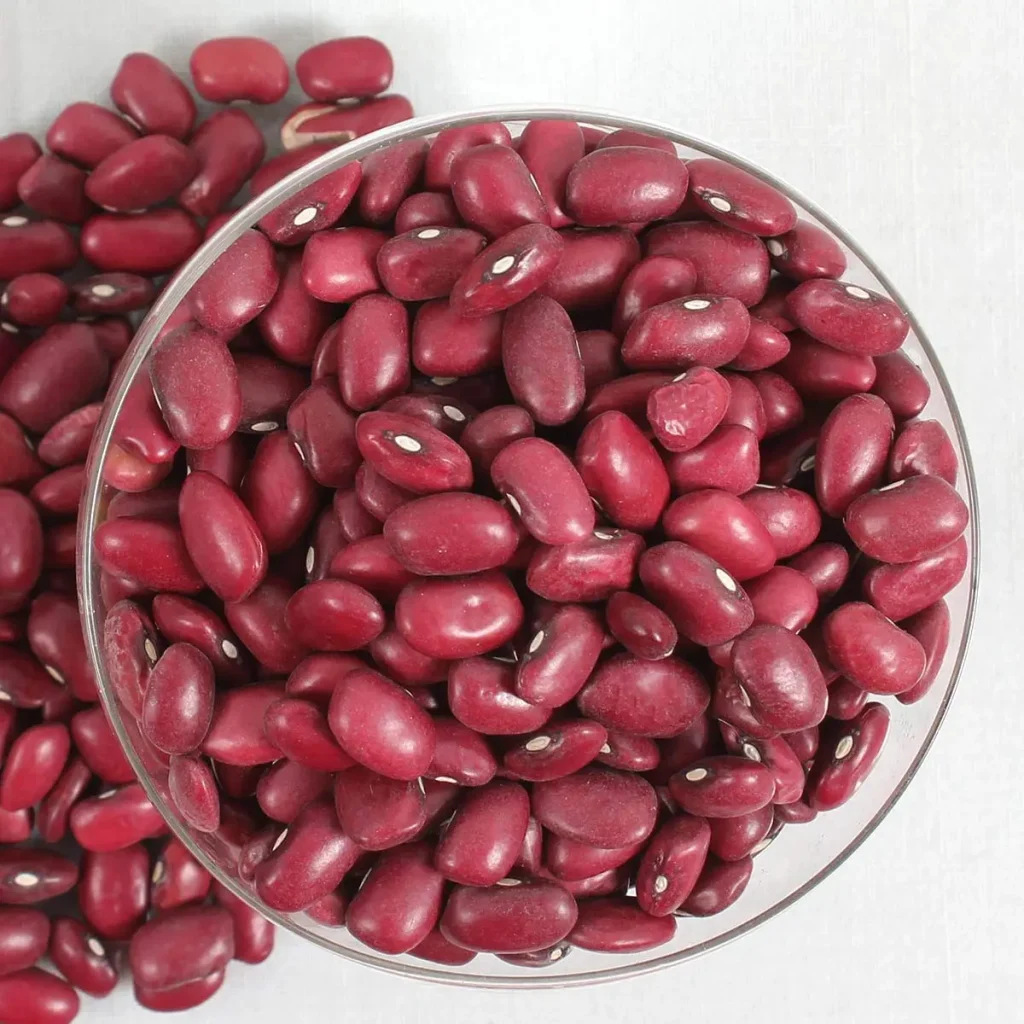
“Red Kidney Beans,” more popularly known as “Rajma,” got this name due to their shape, which resembles the human kidney. They are one of the tastiest beans and belong to the lentil food group. Rajma forms an important part of a vegetarian diet due to its excellent protein content. Rajma is a popular South Asian vegetarian dish and is prepared in a thick gravy with many Indian whole spices and usually served with rice and other foods. Some of the best rajma are said to be grown in the Nepal hills, the North Indian states of Himachal Pradesh and Jammu and Kashmir. Rajma of Chinta valley in Doda district is said to be amongst the most popular. These are smaller in size than most rajma grown in the plains and have a slightly sweetish taste.
Kashmiri Rajma Nutrition Facts
These beans are a storehouse of protein and an ideal replacement for red meat. Piping hot rajma chawal is a perfect balance of protein on par with dairy or meat protein without added calories and saturated fat. A cup of kidney beans provides 15 grams of protein.
Kidney beans are an excellent source of minerals such as copper, iron, manganese, phosphorus, molybdenum, and vitamins B1 and folate. With negligible sugar content, inherently high in dietary fibres, and possessing a low glycemic index (GI), these wholesome beans serve as an ideal addition to a diabetic diet.
Composed of starchy carbohydrates, B vitamins, and ample roughage, kidney beans facilitate smooth digestion and ensure optimal metabolism. Moreover, these legumes are packed with profuse quantities of isoflavones and flavonoid antioxidants, which aid in controlling blood sugar, preventing sudden spikes in blood pressure, and preserving cardiac muscle function and heart wellness.
The richness of nutrients in kidney beans, hence, provides a host of healing health benefits, including regulating blood sugar, lowering cholesterol, and boosting immunity.
Antinutrients In Kidney Beans
Raw and improperly cooked kidney beans contain many antinutrients, which are compounds that lower nutritional value, harming nutrient absorption from the intestine. Some of the antinutrients present in kidney beans include:
Phytic acid impairs the absorption of iron and zinc. Protease inhibitors, also known as trypsin inhibitors, impede the functioning of digestive enzymes.
Starch blockers impair the absorption of carbohydrates from the GI tract. However, the antinutrient activities are completely or partially rendered inactive when the kidney beans are soaked and cooked well.
Kashmiri Rajma Health Benefits
Regulates Blood Sugar
Rajma is an excellent legume that helps in stabilizing blood glucose levels as it is a good source of soluble fibre and has a low glycemic index. Kidney beans are a slow-burning carbohydrates that can prevent a spike in blood glucose levels. Moreover, the soluble fibres in rajma lower blood sugar and cholesterol levels, improve insulin sensitivity, and assist in managing diabetes symptoms.
Heart Healthy
The goodness of fibre in rajma is beneficial in lowering the risk of heart disease. Evidence proves that soluble fibre in rajma lowers bad cholesterol (LDL) and ups the good cholesterol (HDL) by forming a gel-like substance in the stomach and preventing the reabsorption of cholesterol into the body. In addition, rajma is a good source of potassium, which dilates blood vessels and lowers blood pressure.
Prevents Cancer
Rajma is loaded with whopping amounts of antioxidants that help in the battle against cancer. The presence of flavonoids in rajma is beneficial in preventing the formation of cancer cells. According to the American Cancer Society, lignans and saponins in rajma can fight cancer cells.
Sustains Weight Loss
The abundance of soluble fibre and protein in rajma is one of the best legumes to be added to a weight loss meal plan. These beans keep you satiated, slow gastric emptying time, and help in losing weight. The presence of alpha-amylase inhibitor in rajma hinders the absorption and breakdown of starch and aids in weight loss.
Strengthens Bones
Rajma is filled with essential minerals, calcium, and magnesium that help strengthen bones and prevent osteoporosis. Good amounts of folate in rajma support joint health and lower the risk of bone problems like osteomalacia and osteoporosis.
Side Effects
Consuming raw or partially cooked kidney beans is toxic, as they contain high amounts of a toxic protein, phytohaemagglutinin, which may cause diarrhoea and vomiting. Excess intake of cooked kidney beans may also cause digestive discomfort, such as bloating and flatulence.
Kidney beans should be soaked in water for at least 5 hours and cooked thoroughly to eliminate most of the toxins, thereby making them safe, harmless, and nutritious to consume.
Kashmiri Rajma Recipe Ingredients:
- Preparation time 7-8 hrs
- Cooking time 30 mins
- Serves 2
- 1 cup Rajma (red kidney beans)- Soaked overnight, drained & rinsed
- ½ cup tomato puree
- 1 onion, finely chopped
- 5 to 6 tablespoons curd, whisked
- 1 bay leaf
- Oil as required
- A pinch of asafetida
- 1 tsp cumin seeds
- 1 tsp ginger powder
- 1 tsp ginger paste
- ½ tbsp coriander powder
- 1 tbsp Kashmiri chilli powder
- 1 slit green chili
- 1/2 tsp garam masala(1 black cardamom, 5 green cardamom, 4 ½ tsp peppercorn, 2 pcs cinnamon)dry roasted and powdered.
- Salt to taste
- 1 tbsp coriander leaves, finely chopped
Step-by-step Kashmiri Rajma recipe:
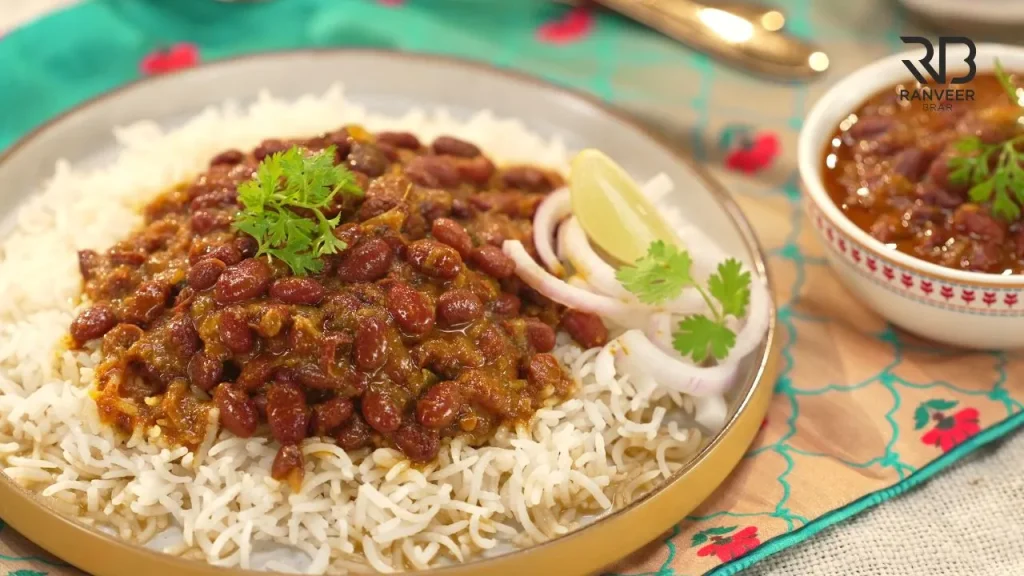
- Add rinsed rajma, 1 bay leaf, and required salt into a pressure cooker with 2 to 3 cups of water. After the first whistle then reduce the flame and cook for another 15 minutes, then remove from the flame.
- Drain the water from the beans and keep the water aside for later use.
- Heat oil in a wide pan, add cumin seeds and asafoetida.
- Then add finely chopped onion and sauté it till it becomes light brown in colour. Add ginger paste and dry ginger powder.
- Now add tomato puree and cook it for about 5 to 8 minutes.
- After that, add the whisked curd and keep stirring, or else it will curdle. Cook till the oil separates from the gravy.
- Now add red kashmiri chilli powder, coriander powder, slit green chili and salt required.
- Add the rajma and the water (which we retained from the boiled rajmas)
- Mash some of the rajma to give the gravy a body.
- Stir it and let it cook for 15 to 20 minutes on a low flame. Add homemade fresh garam masala and let it cook for 5 more minutes.
- Once it is done, garnish with chopped coriander leaves, and it is ready to be served.
Rajma is usually served with plain boiled basmati rice. I cooked small-grain govindbhog rice for this meal as it is very soft and goes well with this mildly flavored, smooth Kashmiri rajma.
Conclusion
In general, kidney beans are reputed to be rich in iron, potassium, magnesium, phosphorus, copper, Vitamins B and K, amino acids, and protein (The Times of India, 2022). The Kashmiri rajma in particular is a complex carbohydrate that helps to lower cholesterol. It is high in fiber, which makes it good for diabetic patients. One cup of cooked Kashmiri rajma has 26.2% of our daily magnesium requirements. As this rajma is high in potassium, it helps in lessening the impact of sodium in the body and hence is helpful for those suffering from high blood pressure.


